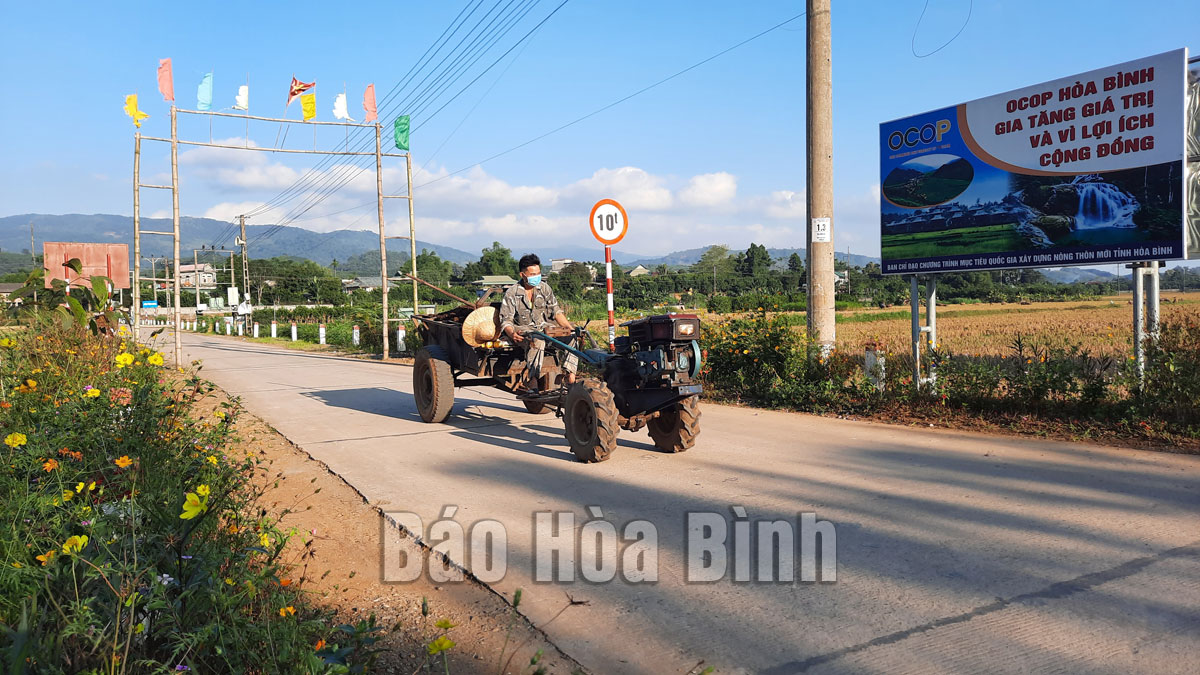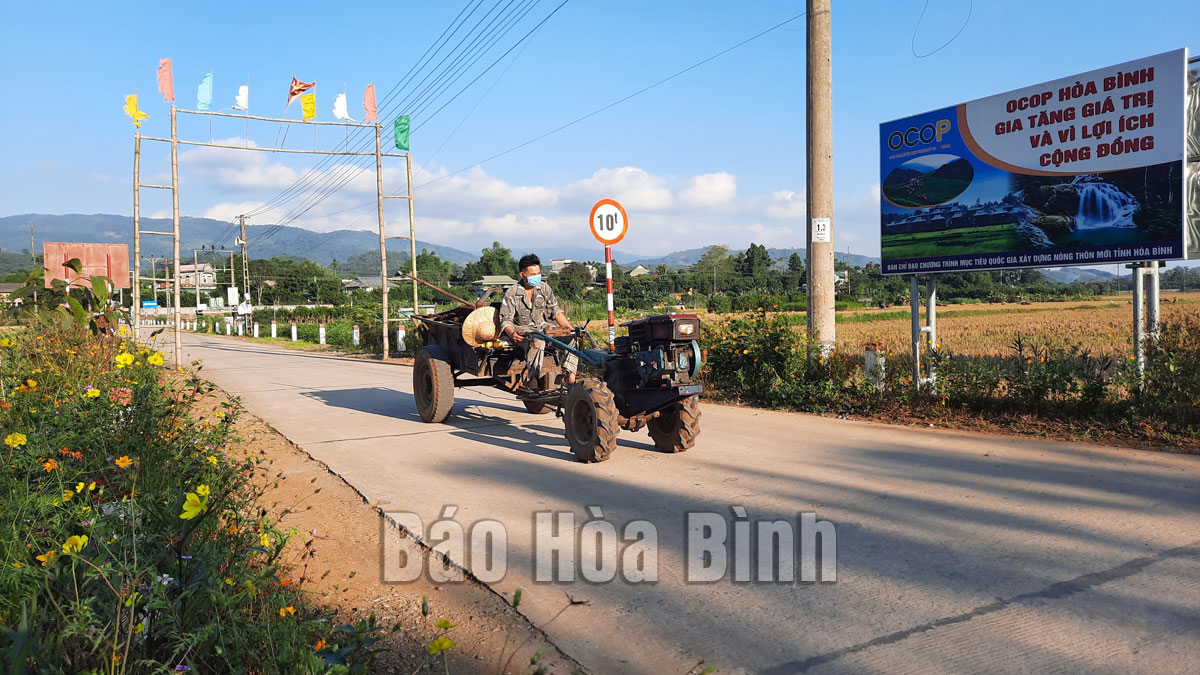



Investment in rural infrastructure fosters socio-economic development in Thanh Hoi commune (Tan Lac district).
Thanh Hoi commune (Tan Lac district) has seen improvements in transport infrastructure, irrigation, schools, health clinics, and more, in line with criteria of the programme on building new-style rural areas.
Bui Thanh Chung, an official of Thanh Hoi, said the commune is home to about 7,000 residents and 12 hamlets and clusters.
In 2019, it was recognised as a new-style rural area. Thanks to switching to grow pomelo and other plants with high yield and raise cattle, as well as expanding mechanics and services sectors, the rates of poor and near-poor households in the commune have dropped to 7.25 percent and 3.29 percent, respectively. The Dong Thanh industrial cluster created stable jobs for thousands of local work hands.
After 13 years of the implementation of the Resolution, the province’s agro-forestry-fishery sector has grown at an average 4.02 percent while the income of rural residents surged three-fold. The rate of trained labourers hit 50 percent in 2020.
The province has 20 communes meeting advanced criteria of the programme on building new-style rural areas and 60 becoming exemplary residential areas.
Hoa Binh has set up large scale concentrated production areas for citrus fruits, herbal plants, sugarcane and longan. Its main agricultural products have gained a foothold in other localities.
However, challenges remain in agriculture’s restructuring, production linkage in tandem with the value chain, and application of technology in production, post-harvest preservation and processing to meet requirements of the markets.
The provincial Party Committee has asked relevant agencies and localities to carry out an action plan on agricultural development and building new-style rural areas, develop agriculture in combination with the processing industry and tourism, and pay attention to market demands and environmental protection.
The province aims to raise the average growth rate of agro-forestry-fishery production value to between 4.5-5 percent annually, and foster engagement of businesses and cooperatives in the ‘One Commune, One Product’ (OCOP) programme, and develop locally advantageous agricultural products in connection with expanding consumer markets./.